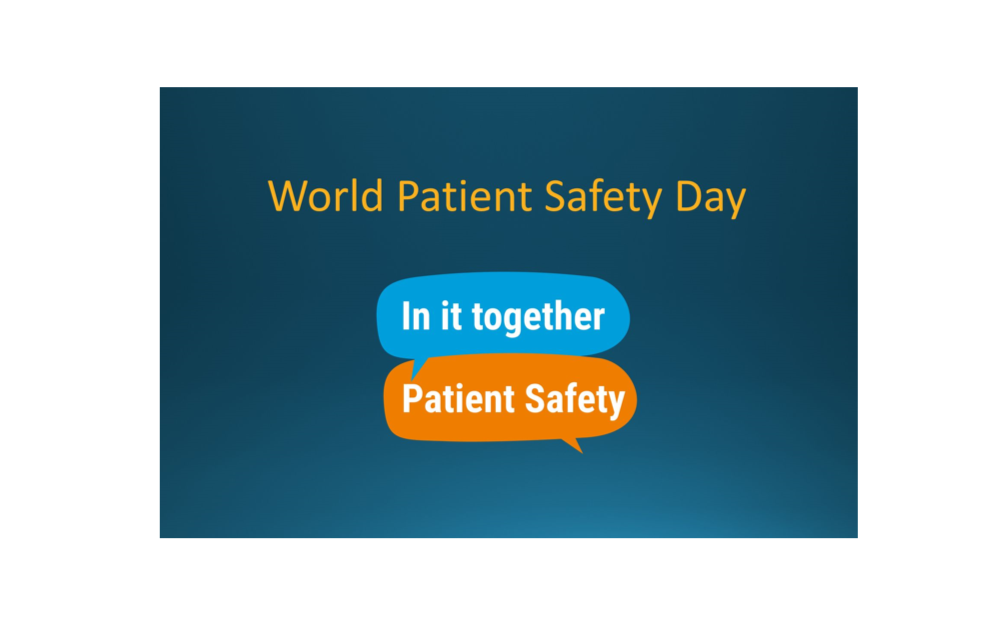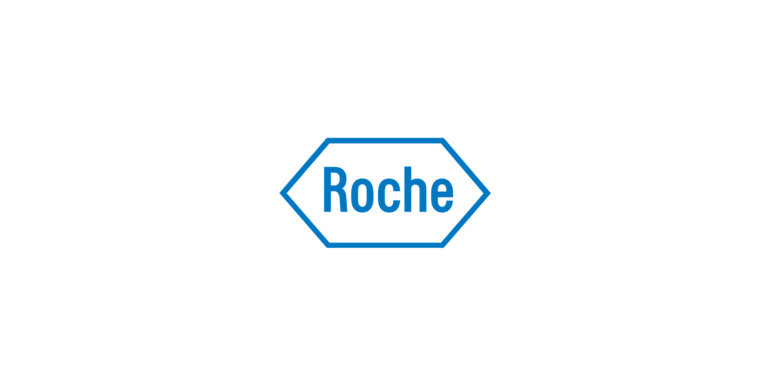Around 1 in every 10 patients is harmed in health care and more than 3 million deaths occur annually due to unsafe care. In low-to-middle income countries, as many as 4 in 100 people die from unsafe care.
Above 50% of harm (1 in every 20 patients) is preventable; half of this harm is attributed to medications.
Some estimates suggest that as many as 4 in 10 patients are harmed in primary and ambulatory settings, while up to 80% (23.6–85%) of this harm can be avoided.
Common adverse events that may result in avoidable patient harm are medication errors, unsafe surgical procedures, healthcare-associated infections, diagnostic errors, patient falls, pressure ulcers, patient misidentification, unsafe blood transfusion and venous thromboembolism.
Patient harm potentially reduces global economic growth by 0.7% a year. On a global scale, the indirect cost of harm amounts to trillions of US dollars each year.
Investment in reducing patient harm can lead to significant financial savings, and more importantly better patient outcomes. An example of a good return on investment is patient engagement, which, if done well, can reduce the burden of harm by up to 15%.
“First, do no harm” is the most fundamental principle of any health care service. No one should be harmed in health care; however, there is compelling evidence of a huge burden of avoidable patient harm globally across the developed and developing healthcare systems. This has major human, moral, ethical and financial implications.



